The Newest Unesco World Heritage Sites
.jpg)
New Treasures Of The World
Since 1978, UNESCO has expanded its list of World Heritage sites by adding new natural and cultural assets annually. The designation offers improved protection against climatic change and human development and teaches people about why these locations are so special to preserve the places' "outstanding universal value." Here are some recent, breathtaking additions, ranging from picturesque Iranian railways to Korean tidal flats.
Amami-Oshima Island, Tokunoshima Island, Northern part of Okinawa Island and Iriomote Island, Japan
UNESCO chose this isolated band of deserted islands southwest of Japan because of its rich biodiversity. Subtropical rainforest covering 42,698 hectares, the region is comprised of four isles: Amami-Oshima, Tokunoshima, Iriomote, and the northern part of Okinawa. You can discover species that are unique to Earth among mangrove forests, mountains, and rock pools. Examples of these species are the critically endangered Amami rabbit and the ryukyu long-haired rat.
Arslantepe Mound, Turkey
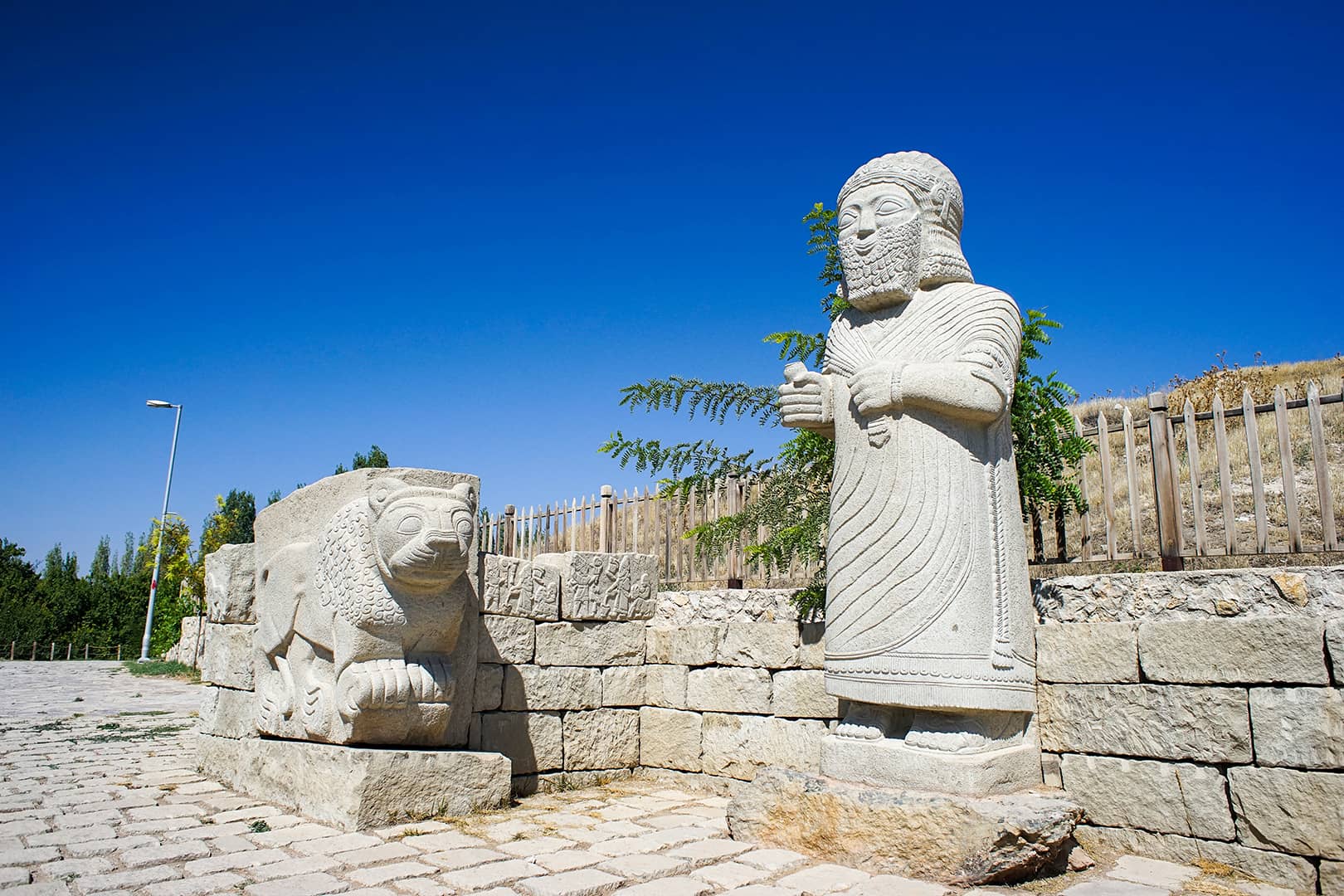
This 98-foot (30-meter) tall mound is believed to have been inhabited approximately 8,000 years ago, during the 6th millennium BE. Situated in the Malatya plain in eastern Turkey, the site is home to fascinating remnants of its past civilizations, including Early Uruk period (4th millennium BC) adobe houses, Late Chalcolithic period (4th and 3rd millennium BC) palace complex, and Bronze Age period Royal Tomb complex.
Colchic Rainforests and Wetlands, Georgia
Georgia is a land of breathtaking natural scenery, situated at the meeting point of Europe and Asia. This also applies to the Colchic Rainforests and Wetlands, which cover a 50-mile (80-kilometer) portion of the Black Sea Coast. There are an astounding 1,100 plant species in this heavily forested area, along with 500 vertebrate species and 19 endangered animal species.
Colonies of Benevolence, Belgium and the Netherlands
The Colonies of Benevolence was added to the UNESCO list for 2021 following an unsuccessful attempt to do so in 2018. Seven "colonies" in Belgium and the Netherlands that were established at the start of the 19th century with the goal of eradicating poverty by generating jobs in agriculture are included in the World Heritage Site. These comprise a Belgian colony in Wortel, as well as villages in Wilhelminaoord, Veenhuizen, and Frederik Oord (shown).
Cordouan Lighthouse, France
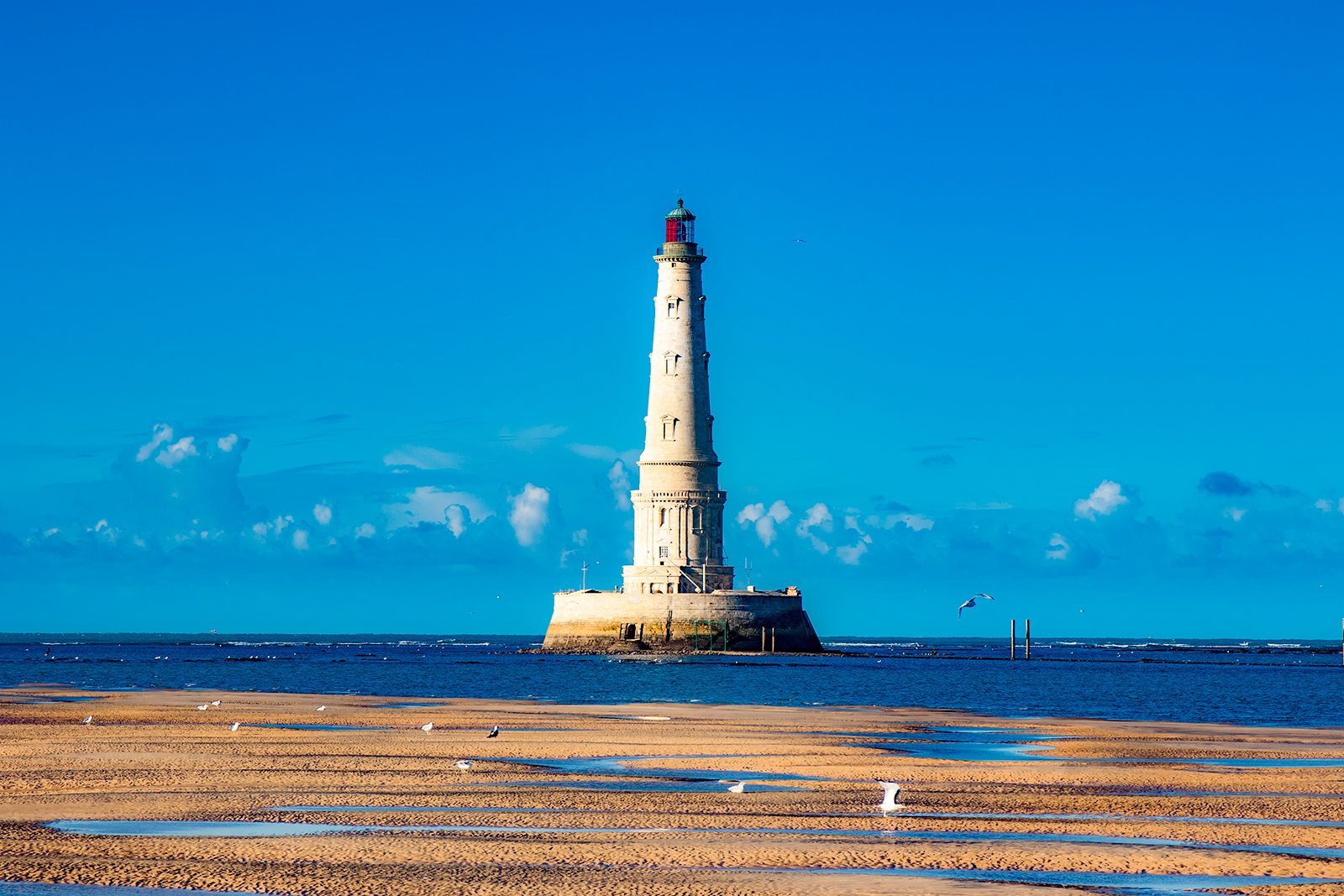
Built at the end of the 16th century and dubbed the "king of lighthouses," the Cordouan Lighthouse was considered a "masterpiece of maritime signalling" at the time it was constructed, according to the UNESCO committee. Situated near the mouth of the Gironde estuary on a small, rocky pedestal, the beacon is adorned with intricate carvings and gargoyles.
Getbol, Korean Tidal Flats, South Korea
The tidal flats of the Getbol in southwest South Korea, which appear incredibly colorful in this picture, were picked for their abundant biodiversity. These five regions—Seocheon Getbol, Gochang Getbol, Sinan Getbol, and Boseong-Suncheon Getbol—are home to a variety of migratory bird species, many of which are vulnerable.
Ḥimā Cultural Area, Saudi Arabia
Travellers have been carving their names into the granite walls of Saudi Arabia's ϸimā Cultural Area for hundreds of years. The area, which is made up of 34 smaller sites, is home to an abundance of exquisite artwork from the Narjan people, who inhabited this area as early as 7,000 years ago. The drawings, which are in good condition, show people, animals, plants, and other elements of prehistoric existence.
Kaeng Krachan Forest Complex, Thailand
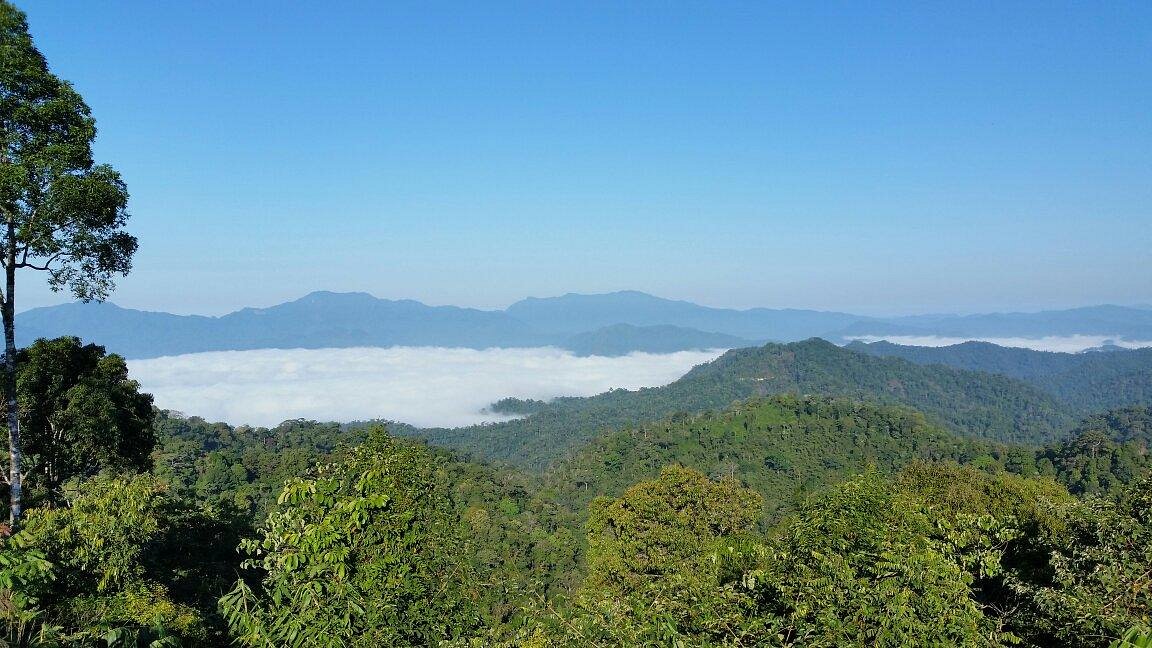
The Kaeng Krachan Forest Complex was added to the list of UNESCO World Heritage Sites, giving Thailand its sixth entry. The provinces of Phetchaburi and Prachuap Khiri Khan are home to the biologically rich forest, which spans 1,125 square miles (2,915 sq km) and is home to a wide variety of animals and plants. The highly endangered Siamese crocodile, the endangered tiger cat, and the vulnerable clouded leopard are just a few examples.
Mathildenhöhe Darmstadt, Germany
The Mathildenhöhe Darmstadt was established in 1899 and is better known as the Darmstadt Artists’ Colony in English. Situated in southwest Germany, close to Frankfurt, the colony was established to exhibit regional artworks, and in its prime, 23 painters were members. The Ernst Ludwig display, intended as a focal point to display its inaugural exhibition, and the Sculptor's Studios, which offered creatives a place to work, are among the buildings that still stand today.
Paseo del Prado and Buen Retiro, a landscape of Arts and Sciences, Spain
Although Spain has over 40 sites listed as World Heritage by UNESCO, none of them were located in the country's capital until 2020. That all changed in 2021 with the installation of Paseo del Prado and Buen Retiro. The tree-lined Paseo del Prado is home to six museums, including the Prado Museum (seen here), as well as venerable squares and fountains. Meanwhile, Puerta de Alcalá, an elaborate Neoclassical gate, is part of the 118-hectare Buen Retiro park.

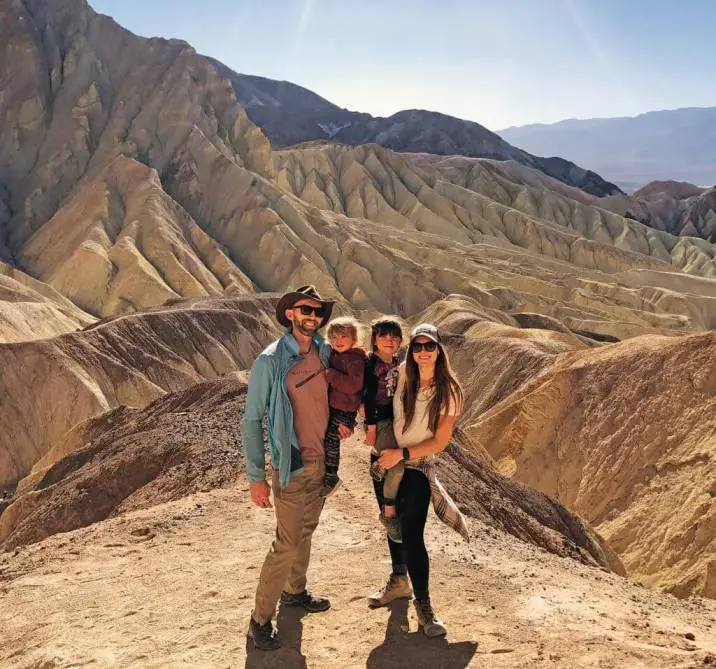
.webp)
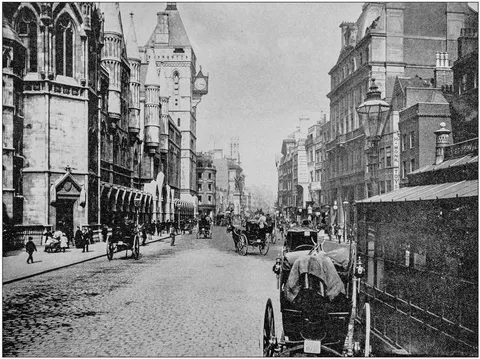

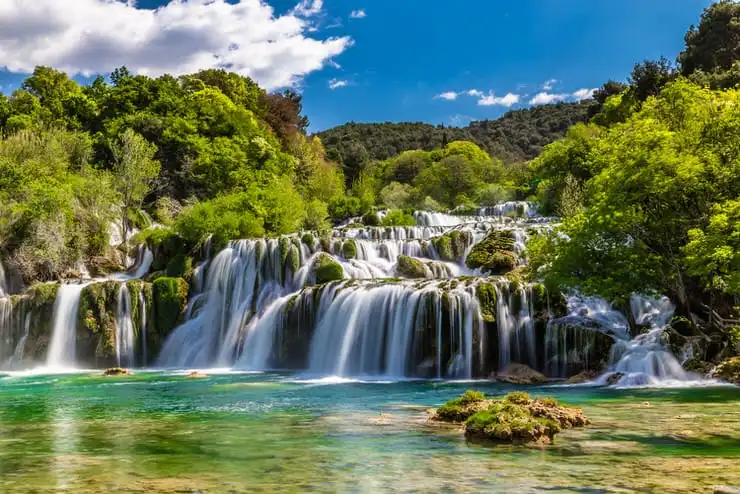

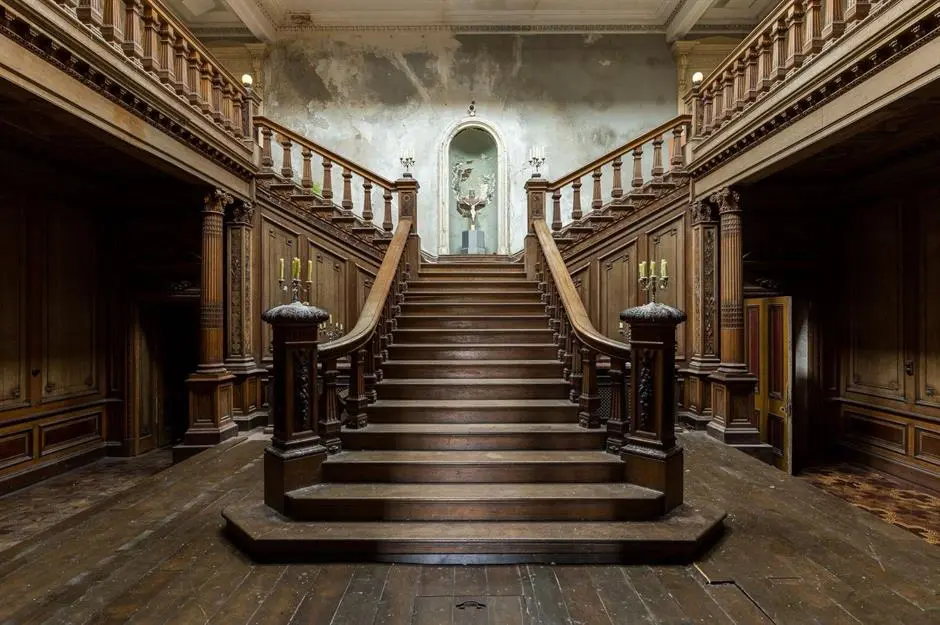
.jpg)


.jpg)

.jpg)

.avif)

